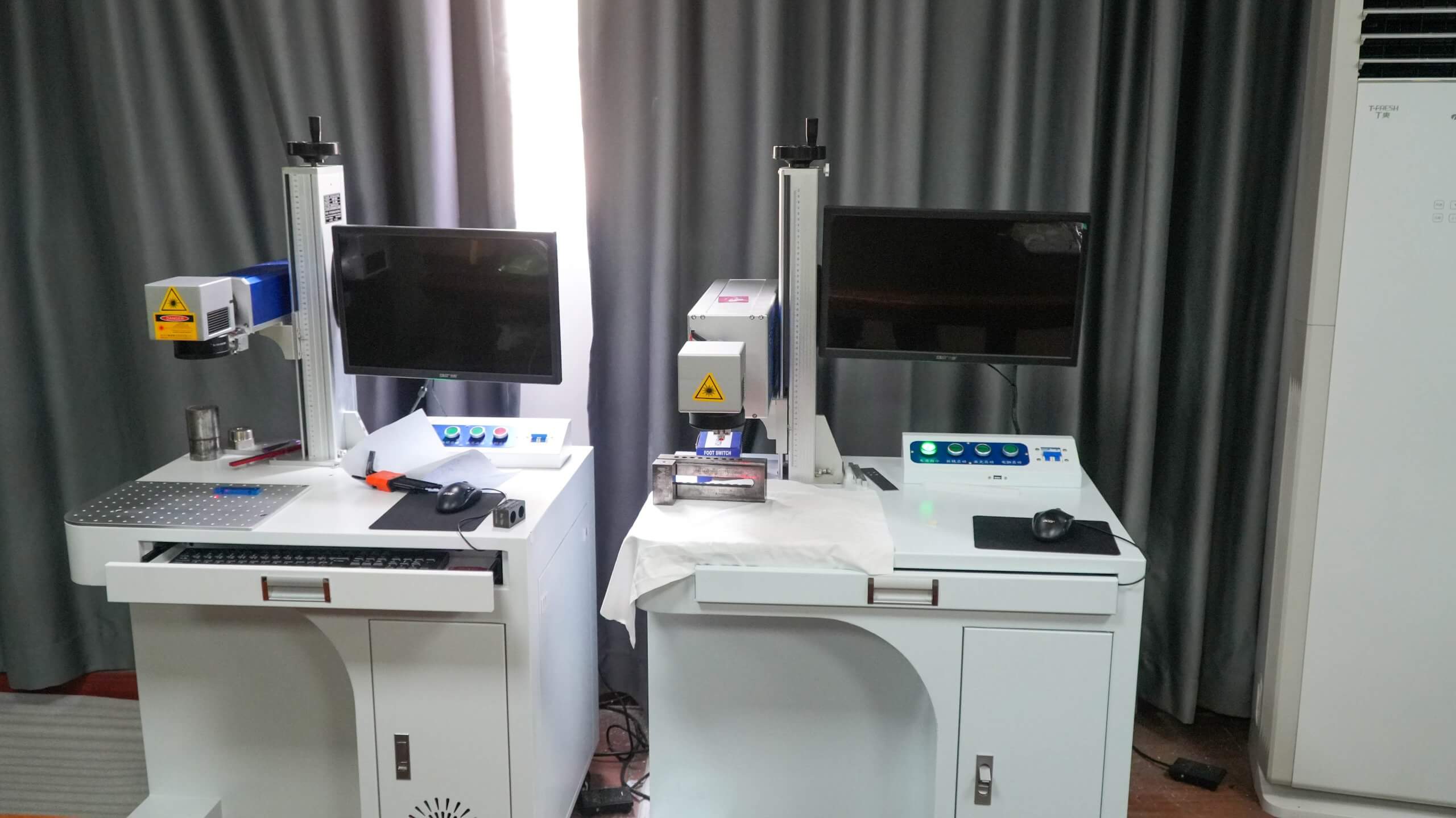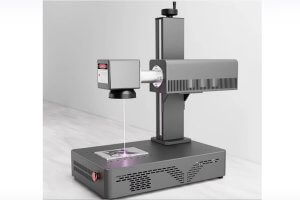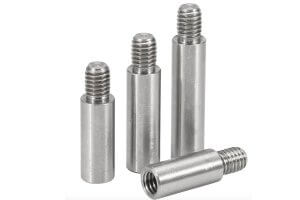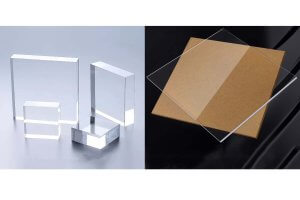When it comes to CNC machining parts, quality control is key to ensuring everything fits together perfectly. In the quality inspection process of CNC parts, measurement is the foundation of all quality control work. Without precise measurement, quality inspection cannot be carried out.But did you know there are different ways to measure things? In this article, we’ll dive into the fascinating world of direct and indirect measurement techniques, breaking them down so even the least tech-savvy person can follow along.
Direct Measurement
Direct measurement is pretty straightforward. It’s like using a ruler to measure the length of your desk. No fancy calculations are needed – you just measure and read the value. Tools like vernier calipers and micrometers are commonly used for direct measurement. Imagine you need to measure the diameter of a cylinder. Just grab your micrometer, place it around the cylinder, and read the value directly. Easy peasy!
Indirect Measurement
Indirect measurement, on the other hand, requires a bit more math. It’s like measuring the width of a river by calculating based on the distance between two points on the opposite banks. You measure related parameters and then use formulas to get your final value. For instance, to find the diameter of a large cylinder, you might measure its circumference and use the formula (D = \frac{L}{\pi}), where (L) is the circumference. This method can be a lifesaver when dealing with large or awkwardly shaped parts.
Let’s take another example: measuring the diameter of a non-circular part. You can measure the chord length and the height of the arc, then plug these into a formula to find the diameter. It’s like being a math wizard in the workshop!
Single and Combined Measurements
Now, let’s talk about how many things you measure at once. Single measurement means you measure each parameter separately. Think of it as checking the width, height, and depth of a box individually. This method is great for pinpointing specific errors but can be time-consuming.
Combined measurement, however, gives you the overall picture in one go. It’s like taking a full-body scan instead of just an X-ray of your arm. This method is efficient and ensures everything works together harmoniously. It’s commonly used for gears and threads, where multiple parameters need to be checked simultaneously.
Contact vs Non-Contact Measurement
Ever wondered if you need to touch the part to measure it? That’s where contact and non-contact measurement come in.
Contact measurement involves the tool physically touching the part. For example, a vernier caliper touching a cylinder to measure its diameter. It’s reliable but might not be suitable for delicate parts.
Non-contact measurement, as the name suggests, doesn’t require touching the part. Techniques like optical projection or pneumatic gauging can be used. This is perfect for fragile or finely finished parts where contact could cause damage.
Direct Comparison Measurement
In direct comparison measurement, you compare the part directly against a standard or reference. For instance, using a gauge block to measure the length of a part ensures high accuracy. This method is straightforward and effective for precise measurements.
Micro-Differential Comparison Measurement
Micro-differential comparison takes it a step further. Here, you measure the tiny differences between the part and a reference standard. It’s like measuring the thickness of a hair! This method is super precise and is often used in high-precision machining.
Active and Passive Measurements
Active measurements are taken during the machining process. It’s like checking your oven temperature while baking a cake to ensure it’s just right. This helps in making real-time adjustments, preventing errors before they happen.
Passive measurements, on the other hand, are taken after the machining is done. It’s like tasting the cake once it’s baked. If something’s wrong, you’ll have to fix it afterward. While not as proactive, it’s crucial for final quality checks.
Static vs Dynamic Measurements
Lastly, we have static and dynamic measurements. Static measurement is done while everything is still. Imagine measuring the height of a statue. It’s straightforward and simple.
Dynamic measurement, however, is done while the part or tool is moving. Think of it as measuring the length of a train while it’s speeding past you. This method captures real-time changes and is essential for parts that move or rotate.
Example Table of Measurement Techniques
To make things clearer, here’s a handy table summarizing these measurement techniques:
| Measurement Type | Method Description | Example Tools |
|---|---|---|
| Direct Measurement | Directly read value from tool | Vernier caliper, micrometer |
| Indirect Measurement | Calculate value from related measurements | Circumference-to-diameter |
| Single Measurement | Measure each parameter separately | Measuring gear tooth width |
| Combined Measurement | Measure multiple parameters simultaneously | Comprehensive gear check |
| Contact Measurement | Tool physically touches part | Dial gauge, caliper |
| Non-Contact Measurement | No physical contact with part | Optical projector, pneumatic gauge |
| Direct Comparison | Compare part against a reference standard | Gauge blocks |
| Micro-Differential Comparison | Measure tiny differences between part and reference | Precision comparator |
| Active Measurement | Taken during machining process | In-process gauging systems |
| Passive Measurement | Taken after machining is complete | Final inspection tools |
| Static Measurement | Done with part/tool in a stationary state | Micrometer, vernier caliper |
| Dynamic Measurement | Done with part/tool in motion | Laser scanners, profilometers |
Understanding these measurement techniques can help you ensure the highest quality in your CNC machined parts. Each method has its own advantages and applications, making it crucial to choose the right one for your specific needs.
Other Articles You Might Enjoy
- Mastering Measurement Techniques for CNC Machining Parts
Measurement tools are the unsung heroes in the world of CNC machining. They ensure that every part produced meets the necessary specifications and standards. Understanding these tools and their applications…
- Unraveling the World of CNC Machined Plastic Parts(CNC machined plastic parts Mabel)
Modern innovations have taken traditional manufacturing methods to new heights. One such innovation that stands out is Computer Numerical Control (CNC) machining, a process used extensively in various industries from…
- CNC Machined Plastic Parts: An In-depth Overview(CNC machined plastic parts Norman)
Computer Numeric Control (CNC) machining is an advanced manufacturing process where pre-programmed software dictates the movement of factory machinery and tools. These applications can carry out complicated manufacturing tasks with…
- Enhancing CNC Machining with Smart Alloys: Shape Memory Metals vs. Traditional Alloys
Introduction to CNC Machining Computer Numerical Control (CNC) machining stands as a cornerstone in modern manufacturing, enabling the precise and automated shaping of materials. This technology relies heavily on the…
- Strategies for Enhancing Thermal Conductivity in CNC Machined Parts
The Importance of Thermal Conductivity in CNC Machined Parts In the sphere of CNC machining, thermal conductivity is an extremely vital factor. It has crucial effects on both performance and…
- Mastering Cavity Milling Techniques for CNC Machined Parts
Cavity milling is a common operation in CNC machining centers. It involves removing material from a closed area defined by its boundary lines, which can include sidewalls and a bottom…









